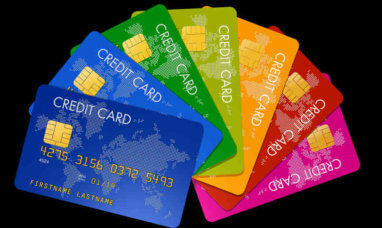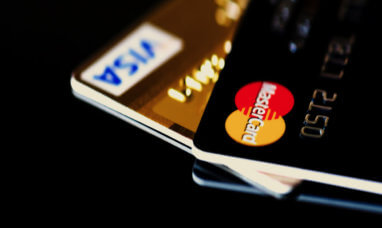Having a 0% APR interest on your credit card can be exciting. For one thing, you get to save on those unnecessary interest costs. However, there’s usually more to these cards than meets the eye. For example, you could wake up someday to realize that your account has accrued a lot of charges and have no clue where they’re coming from.
To avoid this, you need to understand the working dynamics of 0% APR credit cards.
What Would Make Interest Appear on Your 0% APR Credit Card?
A lot of things can make this happen. Let’s have a look at some of them.
0% APR Only Applies to Some Types of Balances
Depending on the type of credit card you use, you could get a 0% APR when you make a purchase with your card or transfer money out of your account to another.
However, for some cards, that only applies to one type of transaction and not both. One card could have 0% APR on a transfer and not a purchase, or vice-versa.
Do balance transfers count toward a bonus? Well, not always. For a concrete answer, check with your card issuer.
In fact, with some cards, you only qualify for 0% APR for just a particular period of time. There are also instances where this applies to one singular purchase. Any additional purchase you make will automatically cancel out the zero-interest offer on your card.
This usually happens with certain types of credit cards, such as medical and store credit cards. Keeping this in mind when using your card will help you steer clear of trouble.
You Voided Your Card’s Grace Period
Grace periods are non-interest periods card issuers give when you pay your credit card balance in full the previous month. During this time, you can make purchases and accrue zero interest in them.
However, you could easily void this grace period when you use your card for what is not meant for.
Let’s say you enjoy 0% APR on just purchases on your card, and you use the same card to transfer money to another account with debt on it. You will quickly rack up a lot of interest when you make purchases with that card and wonder where the interest is coming from.
The only way to avoid that is by offsetting all debt on that account in full.
You Made a Late Payment
In the past, card issuers have charged what is called a penalty APR interest for late payment. While this usually doesn’t happen anymore, it still may be seen on some cards. So, if you noticed your interest suddenly went up after making a late payment, this may be the case.
Your 0% APR Period Elapsed
When you receive a 0% APR offer, it only lasts for a particular time. Usually, they can be as short as six months and long as almost two years. Once that period elapses, the card will automatically start raking up interest once more.
Even worse, nobody will call to alert you that your zero-interest period has elapsed. This is why it is important to follow up with your card issuer to know when your zero-interest period will elapse.
Best Credit Cards of December 2025
What to Do
If you suddenly find unexpected interest in your bank balance, here are things you can do to fix it.
Determine Where the Interest Is Coming From
One easy and fast way to go about that is by checking your credit account statement. Thankfully, you can do that online without having to step out of the comfort of your home.
When you meticulously go through your statement, spotting where and when a 0% APR didn’t apply in your transactions becomes easier.
Revise the Terms and Conditions You Signed
Terms and conditions are so long that oftentimes we fail to read them. This is fine until you start seeing odd-looking interests on your credit account. You can avoid red flags such as offers with high fees by studying the terms and conditions before signing for a new card.
When this happens, your best course of action is to revise the terms and conditions you signed with your card issuer to know where you might be erring.
If you have difficulties understanding, you can always reach out to your issuer for assistance.
Determine How Best to Offset Your Balance
When an unexpected interest suddenly floats your account, the best thing to do is to quickly pay off whatever balance you have on that account as fast as you can. Paying it in installments will only get you into bigger trouble.
But that may not always be feasible. In that case, the best thing to do is to transfer your debt to an account that has a 0% APR on it and then pay in installments and without accruing any interest.
However, this tactic can only work if your credit score is good.
Do Balance Transfers Hurt Your Credit?
A balance transfer can either improve or mar your credit score. It all depends on how you go about it.
If you do it the right way, not only will it save you quite some more, but also help you offset your debt faster. A balance transfer can also help lower your credit utilization rate. Mathematically, this is the percentage of credit you utilize from your overall credit limit. The lower your credit utilization, the better your credit score.
On the flip side, a balance transfer can make your credit score take a dip, especially when you apply for a new credit card. This is because card issuers sometimes knock off points on new credit card applications.
Even worse, your per-card utilization ratio is bound to climb when you apply for a new card. Keep in mind also that the annual interest rate on a credit card is 16.99.
With all that said, does transferring your credit card balance affect your credit score? The answer is highly dependent on the points mentioned above. It’s entirely up to you to weigh the pros and cons.
If that proves to be too much trouble, reach out to your card issuer and ask for guidance. They will definitely oblige.
Featured Image: Megapixl







